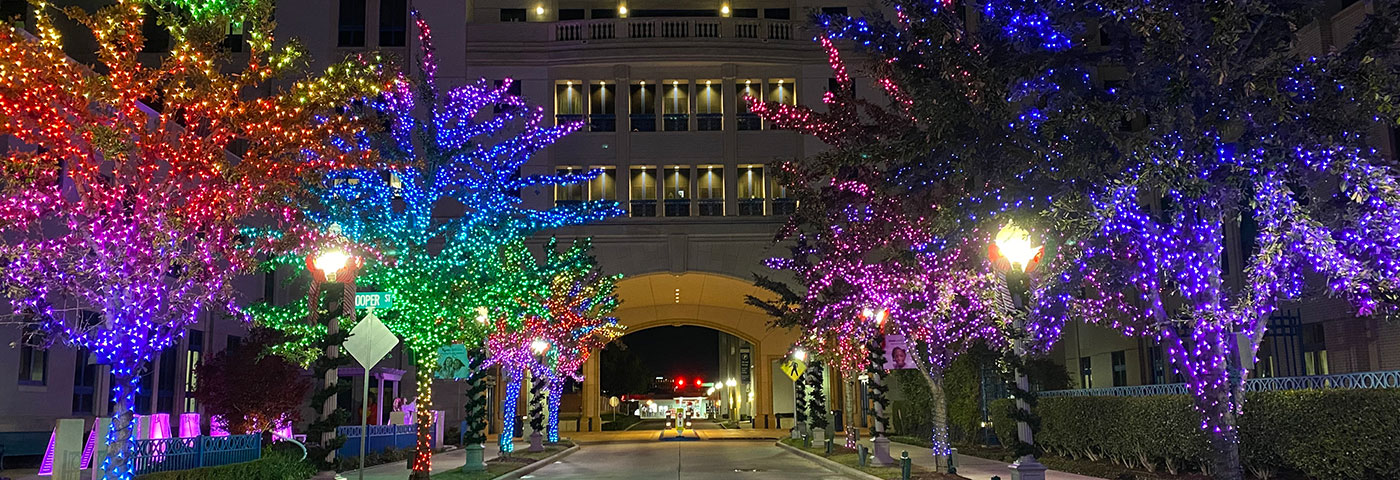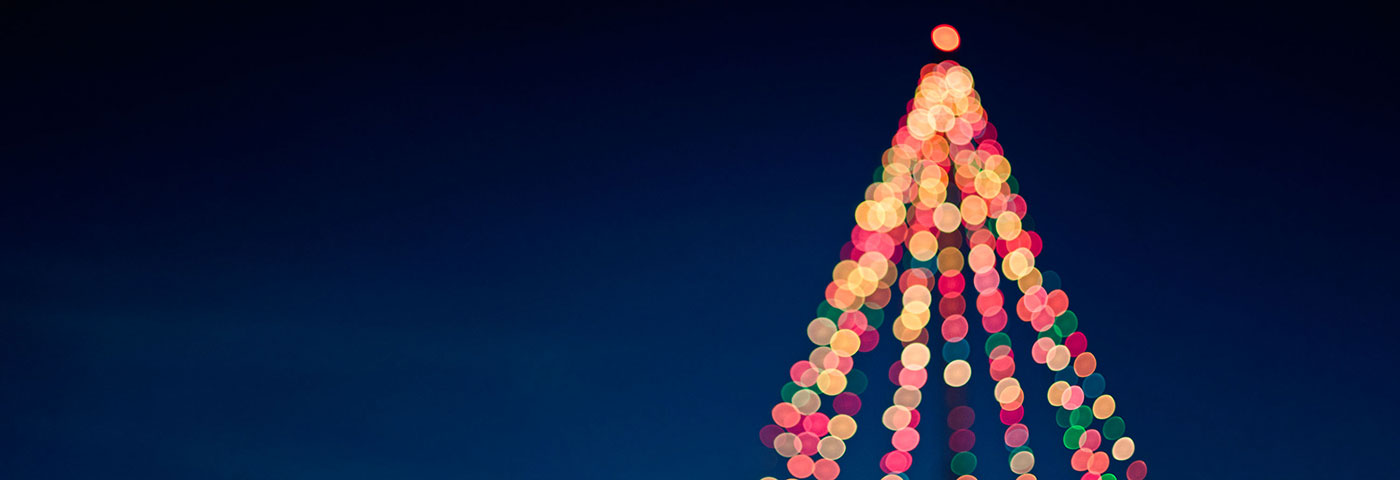
Date
08.07.2021
Reading time
5 min
Has that beautiful string of lights you used last year to decorate your Christmas tree stopped working? No problem, if the transformer and the light string are joined via a connector and can therefore be disconnected from each other, you can still find a remedy!
Why does the transformer stop working?
The transformer is a device, now almost exclusively electronic, that enables lights to be properly powered at low voltage. Often, when lighting decorations stop working altogether, the cause lies in the transformer, but not always. Before replacing it, check that there are no contacts in the cable or other reasons why the lights remain switched off.
In any case, there are several reasons why a transformer stops working:
- Being directly connected to the house power supply, it can be subject to an electrical overvoltage, which can damage it;
- An accidental fall can break the electrical circuit, some internal soldering (more frequent in electronic transformers) or some external parts of the device;
- A malfunction of the lights can lead to overheating of the transformer, which can ruin it;
- Using an incorrect transformer to power other lights, with higher consumption or the wrong voltage, can also damage both the light string and the transformer.
It is certainly a waste to throw away a decoration solely because the transformer has stopped working.
What technical information is required
Having verified that the light decoration has no problems ( for example, that it has no exposed or detached cables, torn or burnt LEDs, water-filled connectors, etc.), it is certainly possible to replace the transformer with a new compatible one.
Very important note: transformers are NOT all the same, there are many different models and you must choose the one that is compatible with your lighting decoration.
By compatible transformer we mean a transformer which is not necessarily identical to the one supplied with the lights, but which has similar technical characteristics.
To proceed with the choice you must first follow these steps:
- Retrieve the technical characteristics of the transformer supplied: this data is printed on the transformer. If the transformer has been thrown away, ask the lighting manufacturer for this information, retrieve it from the box or the label on the product;
- Then note down the output operating voltage (SEC/AUSGANG), numerical value indicated in volts, and the current mode of delivery (alternating indicated by the symbol "~" or "AC" or direct indicated by the symbol "=" or the inscription "DC"): e.g. 12 volts ~, 24 volts =, etc.;
- Take note of the transformer power (P), numerical value given in watts;
- Check the size and shape of the power connector: the socket to which the light cable is connected;
- Check whether the previous transformer has a controller for light effects or an on/off timer.

How to choose the right transformer
Once you have all this information, you can choose the compatible transformer by consulting the list of spare transformers, using the relevant filters and following these rules:
- The operating voltage (in volts) and current mode (alternating or direct) must be the same;
- The power (watts) must be equal to or higher than the consumption of the decoration. However, choose the closest power to that required if more options are available;
- Check if the connection is the same: the type of connector we call GS has an internal diameter of 13 mm. The shape and size of the connection are crucial for the watertight connection of the decoration. Unfortunately, we cannot be certain on this point that it is compatible;
- If the transformer to be replaced does not integrate a controller (thus, we only have a fixed light), it is necessary to choose a new transformer without a controller. However, if we need to replace one with the controller, the choice becomes more complex and risky because the light effects might not work correctly, and some LEDs may not turn on. Similarly, it is not possible to use a transformer without a controller to replace the defective one with a controller.
It is advisable to prioritize contacting the supplier or manufacturer of the lights to request a replacement before purchasing a compatible transformer on your own.


























